Unfolding Northern New Mexico: A Geographic Exploration By means of Maps
Associated Articles: Unfolding Northern New Mexico: A Geographic Exploration By means of Maps
Introduction
With enthusiasm, let’s navigate by way of the intriguing subject associated to Unfolding Northern New Mexico: A Geographic Exploration By means of Maps. Let’s weave fascinating data and provide recent views to the readers.
Desk of Content material
Unfolding Northern New Mexico: A Geographic Exploration By means of Maps
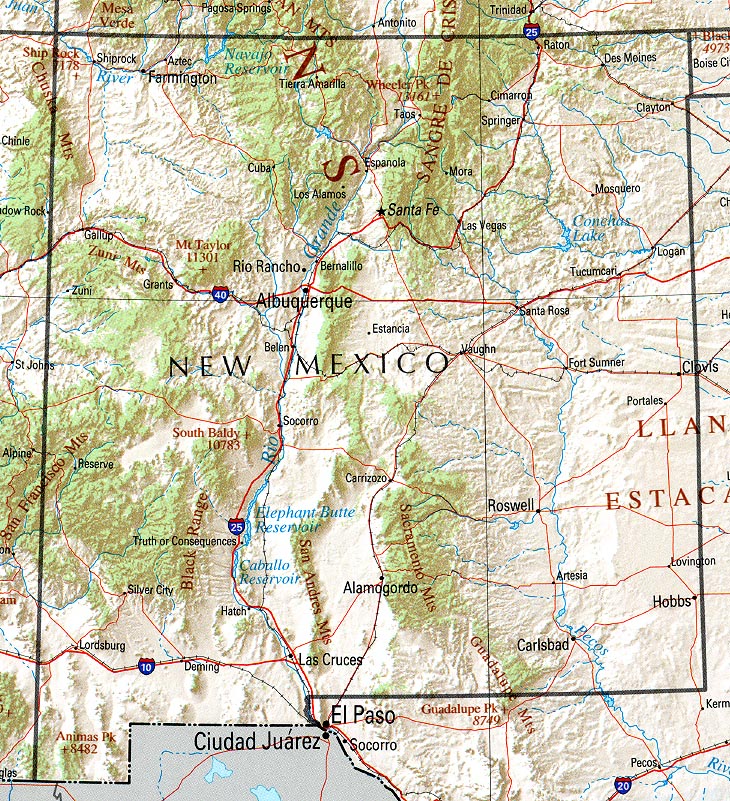
Northern New Mexico, a area steeped in historical past, tradition, and breathtaking pure magnificence, presents a posh tapestry of landscapes and options. Understanding this area requires greater than only a cursory look; it calls for a deep dive into its geography, greatest achieved by way of the cautious research of maps. This text explores the varied aspects of Northern New Mexico as revealed by way of varied map varieties, from topographic maps highlighting dramatic elevation adjustments to thematic maps showcasing cultural and ecological patterns.
Topographic Maps: Unveiling the Land’s Sculptured Type
Probably the most basic understanding of Northern New Mexico’s geography comes from topographic maps. These maps, utilizing contour traces to signify elevation, vividly illustrate the area’s dramatic topography. The realm is much from flat; as an alternative, it is a patchwork of excessive plateaus, deeply incised canyons, towering mountain ranges, and expansive mesas. The Sangre de Cristo Mountains, a formidable vary rising to over 13,000 ft, dominate the japanese portion. Their rugged peaks and steep slopes are clearly depicted on topographic maps, showcasing the challenges and rewards of traversing this difficult terrain. The Jemez Mountains, to the west, current a special, although equally spectacular, profile, that includes volcanic peaks and intensive lava flows, their contours reflecting the geological historical past of volcanic exercise. Between these mountain ranges lie expansive excessive plateaus, such because the Española Basin, whose comparatively flat terrain contrasts sharply with the encompassing mountains. These plateaus, whereas seemingly flat on a broad scale, typically exhibit refined undulations and incised drainages, particulars readily obvious on detailed topographic maps.
Inspecting a topographic map reveals the essential position of rivers and streams in shaping the panorama. The Rio Grande, the area’s lifeblood, flows southwards, carving a deep valley by way of the center of Northern New Mexico. Its tributaries, such because the Rio Chama and the Rio Puerco, are additionally clearly seen, their programs tracing the paths of least resistance by way of the mountains and plateaus. These waterways, depicted with their exact programs and gradients on topographic maps, are usually not merely geographical options; they’re essential components of the area’s ecology and historical past, supporting numerous ecosystems and shaping human settlement patterns. The maps additionally spotlight the quite a few arroyos, ephemeral streams that carry water solely in periods of heavy rainfall, showcasing the area’s arid local weather and its susceptibility to flash floods.
Geological Maps: Delving into the Area’s Deep Previous
Shifting past floor topography, geological maps provide a deeper understanding of Northern New Mexico’s formation. These maps reveal the area’s wealthy geological historical past, showcasing the varied rock formations that make up the panorama. The Sangre de Cristo Mountains, as an example, are largely composed of Precambrian metamorphic and igneous rocks, indicating their immense age and sophisticated geological historical past. In distinction, the Jemez Mountains show a youthful, volcanic origin, with layers of basalt, andesite, and tuff reflecting successive volcanic eruptions. Geological maps additionally determine fault traces, which have performed a major position in shaping the area’s topography, inflicting earthquakes and creating the dramatic escarpments and valleys seen on topographic maps. Understanding these geological processes is essential for assessing the area’s susceptibility to pure hazards, comparable to earthquakes and landslides.
Local weather Maps: Illustrating the Area’s Aridity and Variability
Local weather maps present essential context for understanding the area’s ecology and human actions. Northern New Mexico experiences a high-desert local weather, characterised by vital temperature fluctuations between day and night time, and marked seasonal differences. Summer time temperatures might be excessive, particularly within the decrease elevations, whereas winters can deliver vital snowfall within the mountains. Local weather maps can illustrate the distribution of precipitation, revealing the stark distinction between the comparatively wetter mountain areas and the drier valleys and plateaus. These variations in precipitation straight impression vegetation patterns and agricultural practices, shaping the area’s distinctive ecological zones. Moreover, local weather maps can present the prevalence of sunshine hours, wind patterns, and frost-free durations, all essential elements influencing agriculture and different human actions.
Land Use/Land Cowl Maps: A Human Imprint on the Panorama
Land use/land cowl maps provide a novel perspective, illustrating the interplay between human actions and the pure surroundings. These maps classify the land floor into completely different classes, comparable to city areas, agricultural lands, forests, grasslands, and water our bodies. In Northern New Mexico, these maps reveal the patchwork of land makes use of, reflecting the area’s numerous historical past and financial system. Massive areas are nonetheless devoted to grazing, reflecting the historic significance of livestock ranching. Nonetheless, there are additionally vital areas of forest, notably within the mountainous areas, supporting numerous plant and animal life. City areas are concentrated within the valleys and alongside the Rio Grande, reflecting the provision of water and fertile land. Land use/land cowl maps additionally spotlight the presence of protected areas, comparable to nationwide forests and wildlife refuges, showcasing the efforts to preserve the area’s pure assets.
Cultural and Historic Maps: Mapping the Human Story
Northern New Mexico possesses a wealthy cultural heritage, formed by centuries of indigenous, Spanish Colonial, and Anglo-American influences. Cultural and historic maps can illustrate the distribution of various cultural teams, the placement of historic websites, and the evolution of settlement patterns. These maps can showcase the places of historic Puebloan settlements, highlighting the enduring legacy of the Ancestral Puebloans. They’ll additionally illustrate the institution of Spanish Colonial settlements, revealing the strategic location of missions and plazas alongside the Rio Grande. Moreover, historic maps can hint the growth of Anglo-American settlement, demonstrating the altering demographics and land use patterns over time. These maps present a beneficial device for understanding the advanced interaction of cultures and the evolution of the area’s identification.
Integrating Map Information for Complete Understanding
The true energy of mapping Northern New Mexico lies in integrating information from a number of map varieties. By overlaying topographic information with geological data, we will perceive the connection between geological processes and panorama formation. Combining land use/land cowl maps with local weather information reveals the impression of environmental elements on human actions and land administration practices. Overlaying cultural and historic information with topographic maps can illuminate the strategic decisions made by previous populations in deciding on settlement places. This built-in strategy permits for a far richer and extra nuanced understanding of Northern New Mexico than any single map might present. Fashionable Geographic Info Programs (GIS) software program facilitates this integration, permitting for classy spatial evaluation and visualization.
In conclusion, exploring Northern New Mexico by way of its maps reveals a area of exceptional complexity and wonder. From the rugged peaks of the Sangre de Cristo Mountains to the fertile valleys of the Rio Grande, the area’s geography is deeply intertwined with its historical past, tradition, and ecology. By using varied map varieties and integrating information from a number of sources, we will acquire a complete understanding of this fascinating and dynamic area, appreciating its distinctive traits and the challenges and alternatives it presents. The maps, subsequently, serve not simply as geographical instruments, however as home windows into the soul of Northern New Mexico.
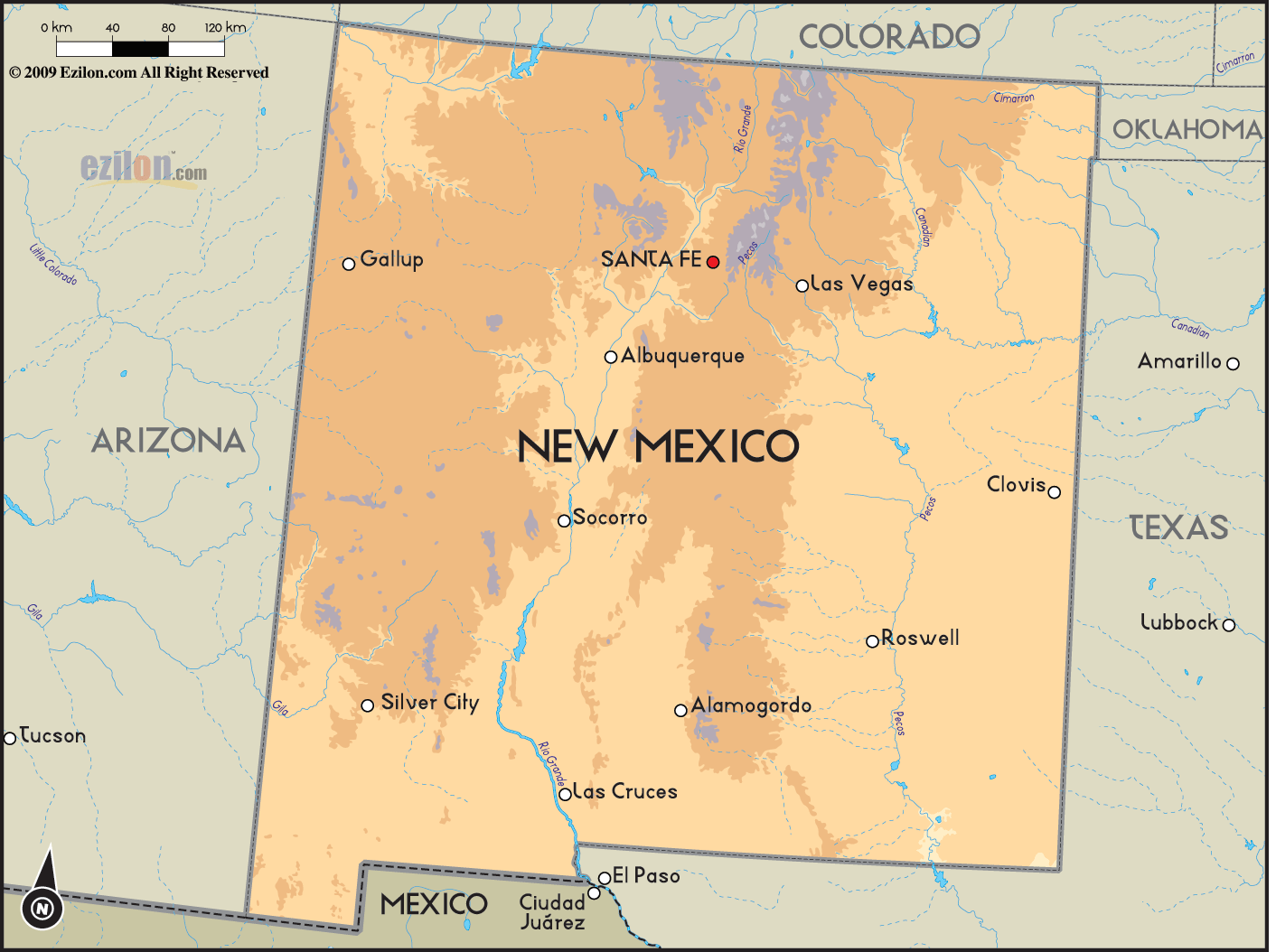

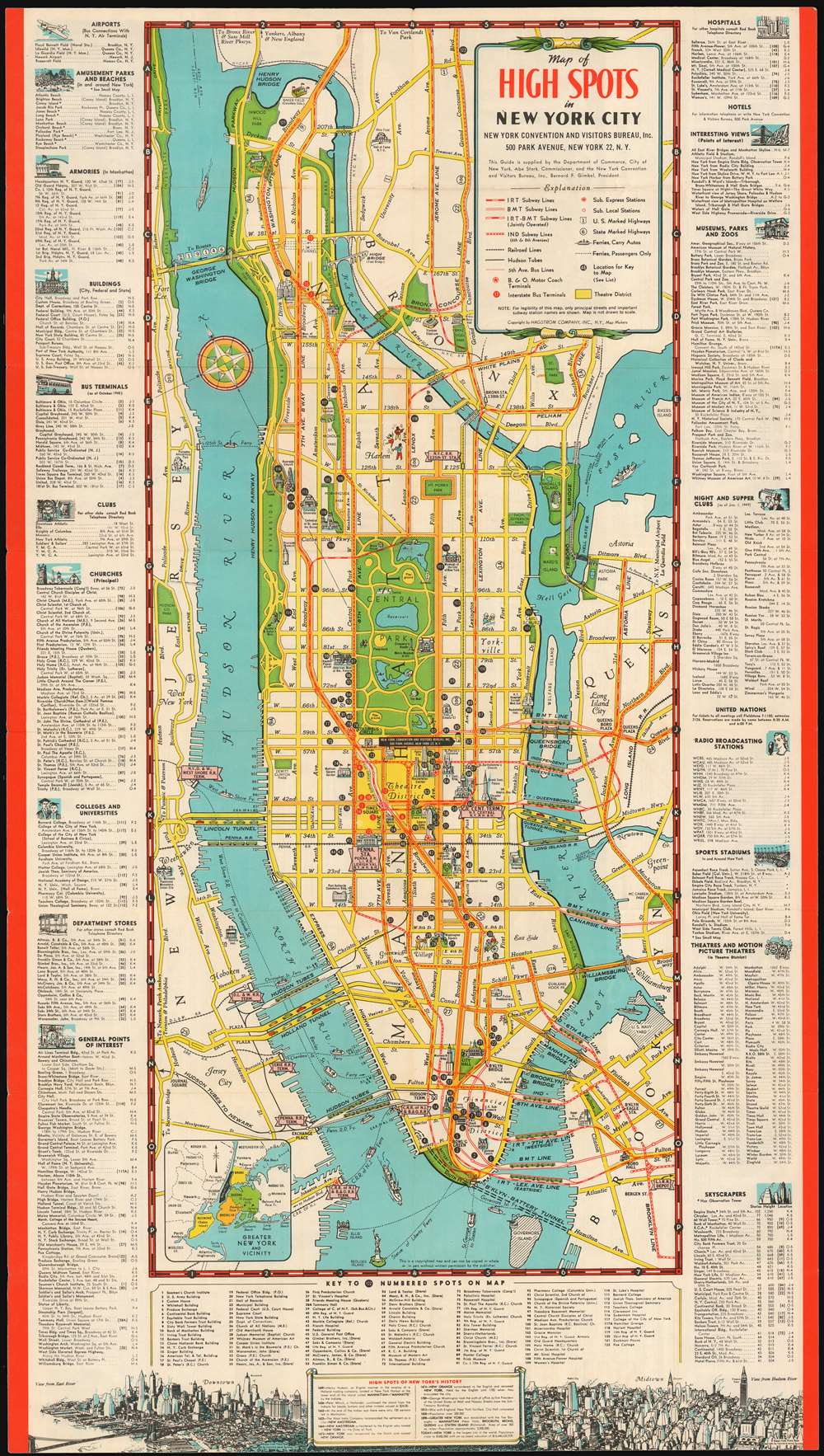


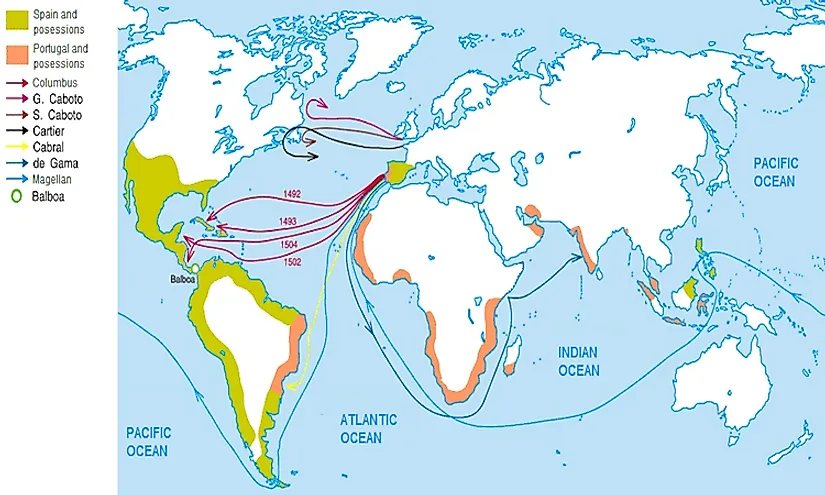

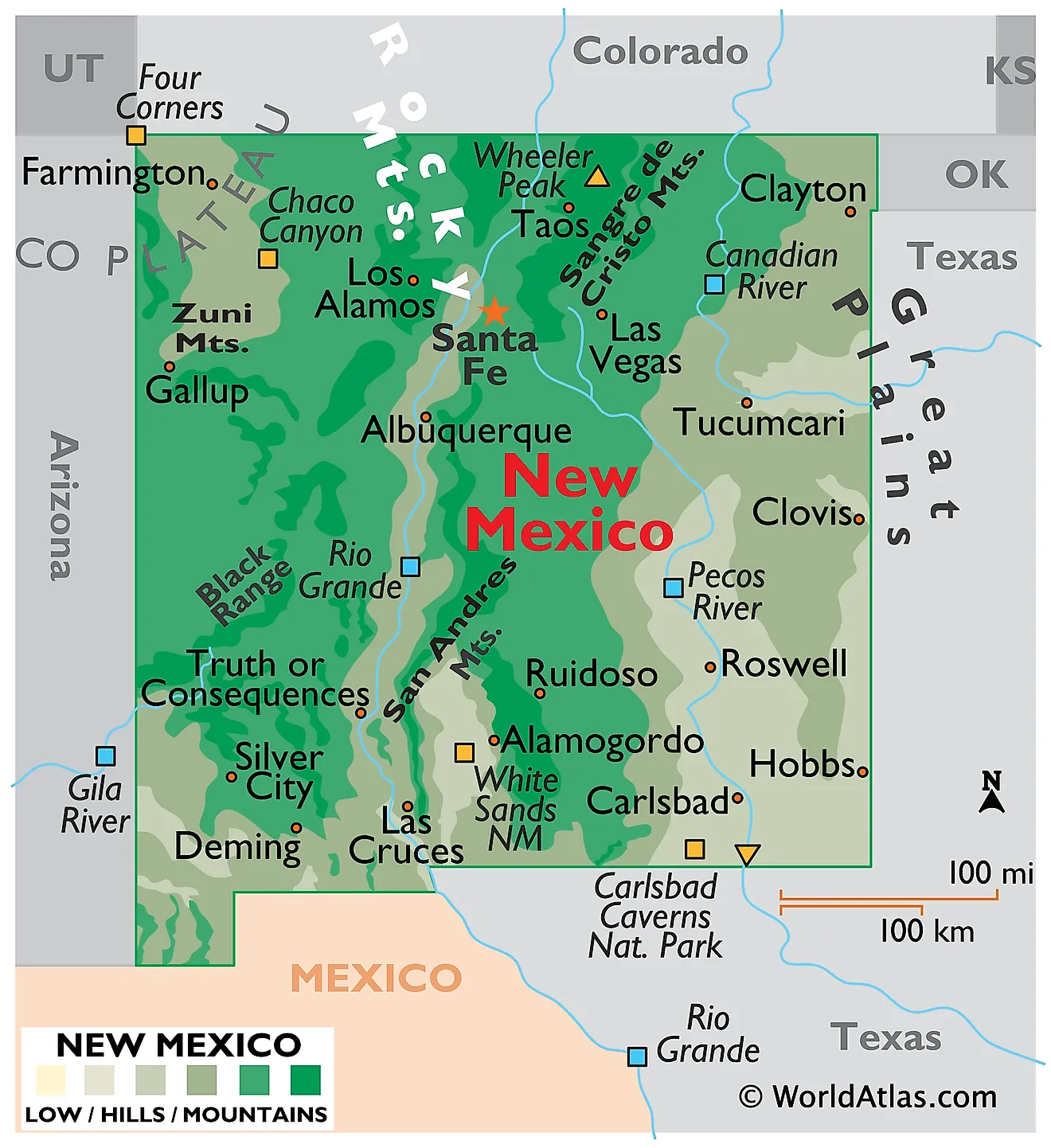
Closure
Thus, we hope this text has supplied beneficial insights into Unfolding Northern New Mexico: A Geographic Exploration By means of Maps. We thanks for taking the time to learn this text. See you in our subsequent article!